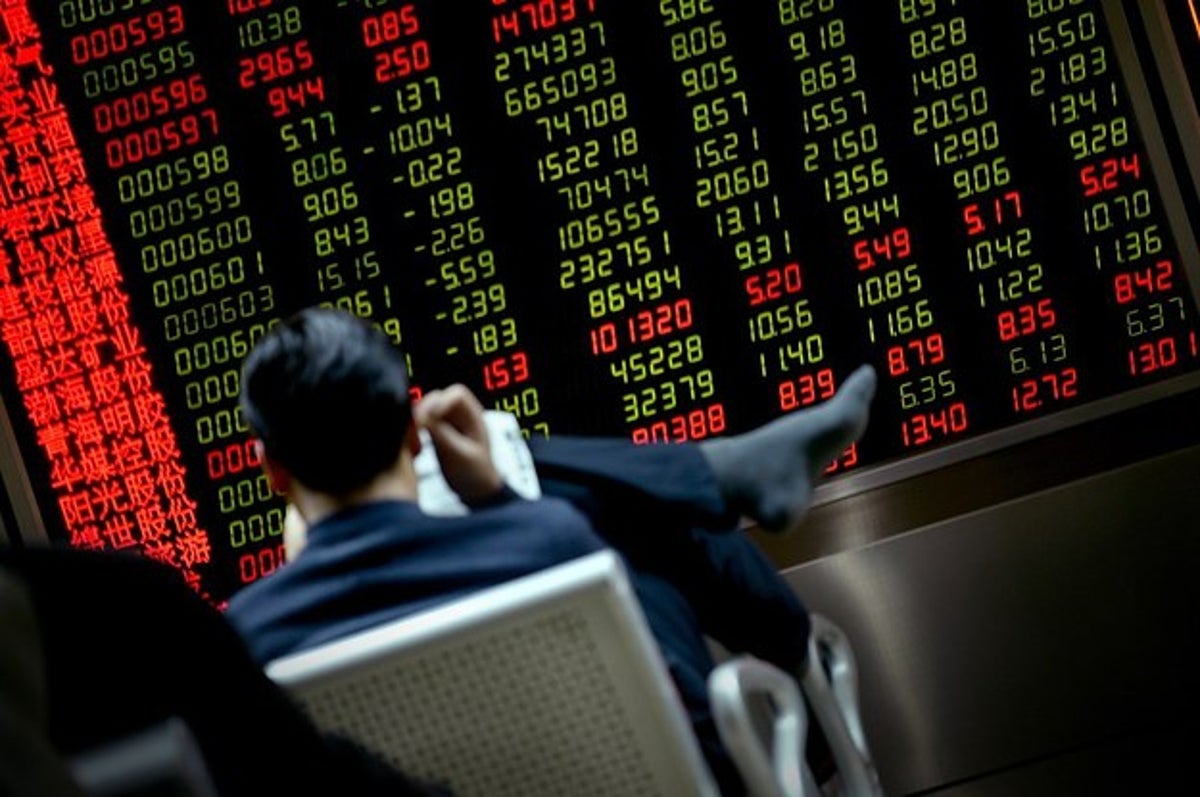On March 10, 2025, Wall Street faced one of its toughest trading sessions of the year, with markets plunging to their deepest declines in months. “A Bad Day on Wall Street” doesn’t merely describe the sharp drops in market indices but also encapsulates the anxieties rippling through the U.S. economy. For financial analysts, investors, and stock market enthusiasts, this day offered a stark reminder of the volatility and interconnectedness of global markets.
The Numbers Speak Volumes
Major stock indices suffered steep losses:
- The S&P 500 witnessed a 2.7% decline, marking its worst single-day performance of 2025 so far.
- The Nasdaq, dominated by tech-heavy stocks, dropped 4%, with technology giants leading the downturn.
- Tesla, one of the most valuable companies in the U.S., saw its stock price drop by over 15% in a single day.
Such significant losses in the market highlight the pronounced sensitivity of equities to broader economic and geopolitical uncertainties.
The Economic Backdrop
Despite the sharp declines, most measures of the U.S. economy signal relative stability. However, economist sentiment has grown increasingly pessimistic in recent weeks. What caused this turnaround? The primary catalysts seem to be rising uncertainty around trade policies and the impacts of tariffs.
The Role of Tariffs
Trade turbulence has been a significant factor influencing market sentiment. Over the past few weeks, the U.S. administration’s unpredictable tariff policies have created a cloud of uncertainty. Here’s what unfolded:
- Retaliatory Actions: China implemented tariffs on U.S. agricultural products, sending ripples through critical sectors of the American economy.
- Steel and Aluminum Tariffs: The Trump administration announced plans to impose a 25% tariff on steel and aluminum imports later in the week. Such measures have drawn sharp responses from trading partners and are seen as risks to economic growth.
These policy announcements have placed pressure on sectors ranging from manufacturing to consumer goods, leaving businesses uncertain about the road ahead.
What the Administration Says
President Trump, addressing concerns over a potential economic slowdown, described the current climate as a “period of transition.” While he refrained from ruling out a looming recession, he doubled down on the belief that his policies would eventually lead to long-term economic gains, citing a desire to bring “wealth back to America.”
For investors, though, these assurances may not be enough to counter immediate fears about the economic impacts of protracted trade disputes.
Industries Weathering the Storm
While March 10 was bleak for many, certain industries defied the broader market trend. Notably, the restaurant sector has shown unexpected resilience, reporting robust winter performance. This bright spot underscores the uneven impact of economic turbulence across industries and offers a hint of optimism amid the gloom.
Lessons from a Bad Day on Wall Street
For investors, “A Bad Day on Wall Street” serves as both a cautionary tale and an opportunity for reflection. Here are the key takeaways:
1. Geopolitical Events Matter
Evolving trade policies and tariff impositions highlight how quickly global political developments can shape financial markets. Staying informed on international relations is crucial for anticipating potential market movements.
2. Diversification Shields Against Volatility
The sharp decline in tech-heavy indices like the Nasdaq underscores the importance of diversification. Investors weighted heavily in one sector are more exposed to shocks in that area.
3. Short-Term Pain vs. Long-Term Gains
Economic uncertainty fuels bearish market behavior. However, history suggests that investors who’ve maintained long-term outlooks often emerge unscathed, and in many cases, stronger.
4. Keep an Eye on the Fundamentals
While daily market fluctuations can be unnerving, focusing on fundamental economic indicators like employment data, GDP growth, and corporate earnings can provide a clearer picture of what’s to come.
5. Be Prepared for the Next “Bad Day”
Market corrections and downturns are inevitable. Building a strategy for managing turbulent times, such as allocating funds to defensive sectors and maintaining a diversified portfolio, is essential for every investor.
What Lies Ahead?
The economic pain points highlighted by March 10 raise several pivotal questions:
- How will markets react to the implementation of additional tariffs in the coming weeks?
- Will global trade relations improve, or are we heading toward prolonged economic friction?
- Can the U.S. economy maintain its resilience, or is a recession on the horizon?
Answers will likely unfold in the months to come, but one thing is certain—for investors, analysts, and stock enthusiasts, this day will serve as a reminder of how quickly market sentiment can shift.
Staying Calm in the Storm
While “A Bad Day on Wall Street” can shake even the most experienced investors, moments like these reinforce the importance of remaining level-headed. For those looking to strengthen their strategies or gain deeper insights into navigating market volatility, staying involved with market analysis and seeking expert advice is key. Additionally, the collective experience of seasoned investors suggests that patience and preparation are the best tools to weather uncertain times.
On this occasion, Wall Street may have faltered, but as history has shown, markets have an uncanny ability to recover. For now, investors brace themselves for what comes next, even as they hold onto the hope of brighter days ahead.








